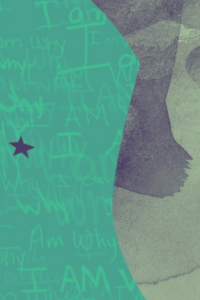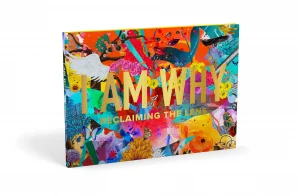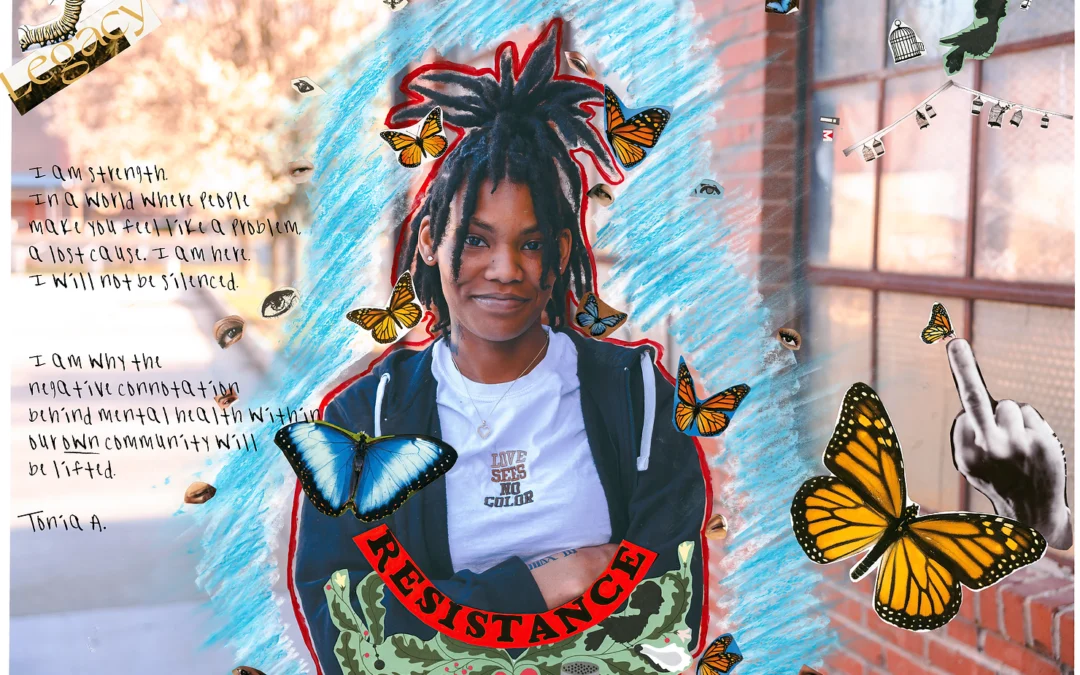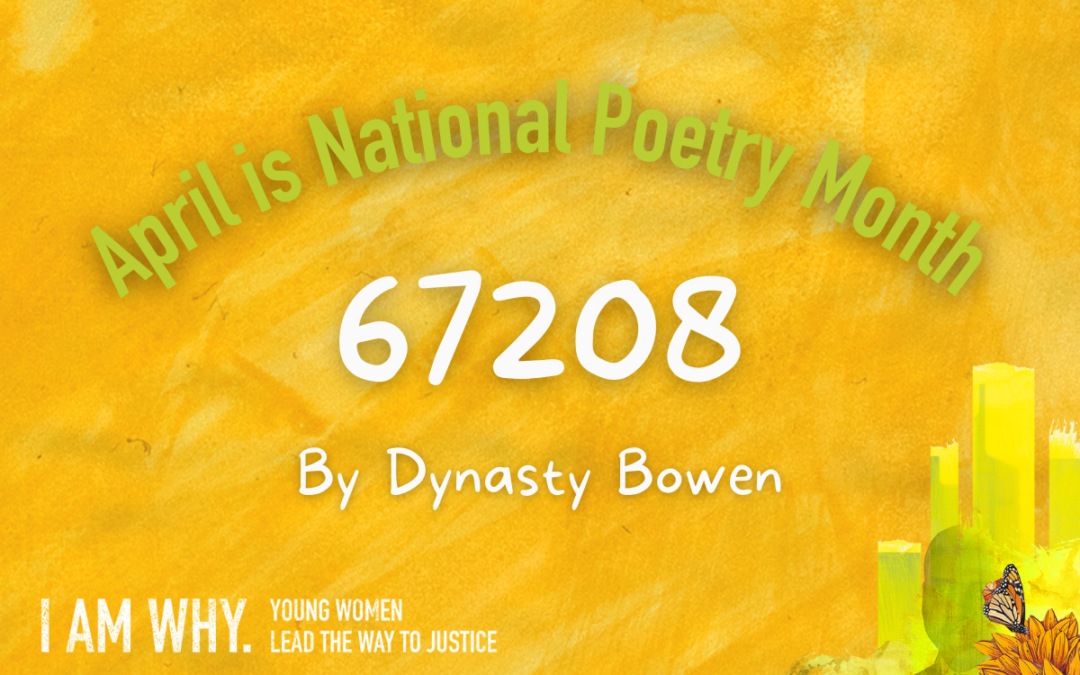For many people, February 2023 was a time to learn about Black history by uplifting important figures of the past and present-day times. At I Am Why our Justice Initiatives team decided to give reverence to Black culture by taking time to acknowledge the past while thinking of ways to co-create better futures for people as a society. The team asked some introspective questions to the I Am Why community to help get an understanding of how our deep, rich history can be used to lead our respective communities to create restorative practices.
Before I give an overall summary of the experiences and the knowledge that was shared throughout the month of February, let me tell you what the Justice Initiatives team is about. Since its inception, the Justice Initiatives team has always been a space for members of the I Am Why community to share experiences of injustices, build community and brainstorm ways of implementing justice in our local communities. Now the team’s current mission is to cultivate independent campaigns throughout the United States that center on justice and young women and gender-expansive young people of color. Each of our local initiatives is led by a member of the team who spearheads and coordinates the work. Every month members have opportunities to present updates about their local initiatives while maintaining community with one another.
To start the process off, the team first began asking people what were they doing for Black History Month. A major theme was showing appreciation through various forms of expression. Some team members explored their cultural roots of Puerto Rican/Afro-Latino heritage, while others paid homage to current justice leaders of color. However, one response stood out from the rest. It began to question the reasoning for having a “Black” history month in February: “I realize something…why do we have a Black History Month? Other known prominent cultures do not have a history month.”
This thought led us to the next phase of questions. What is “Blackness”? How can we define it? Why should we define what it is? Responses varied and were distinctive and diverse, but one thing that remained true throughout all the responses was community. It makes sense when you really deep dive into thinking about the differences between cultures and people. How you interact with your community shows whether or not you are of a certain culture.
Mentality and state of mind also surfaced during these conversations. “Black” is a state similar to how poorness and richness are a state of mind. It is hard to teach poor men how to think richly because mentally they can not grasp the concept. When showing a poor man and a rich man a dollar bill, they will act differently toward it because both have separate thoughts about it. One will see its value only by a means of just being a dollar bill while the other will see it as a tool to be used to gain wealth. This is similar to how Blackness can be interpreted. Being “Black” can also be viewed as nonsingular, meaning it can be understood from multiple points of view. This is why being Black in America is different from being Black in Jamaica or in Cuba. We all might come from different places but the way we view life can be empathically viewed as “Black”—distinctive but linked through the greater consciousness of three concepts: blood, natural wealth and existence.
Being Black is deeper than your skin tone; it is rooted in the understanding of emotions and the unseen. There is a reason why Black people’s food is referred to as “soul food”—food so flavorful and comforting that it surpasses the normal brain’s recollection of taste, it touches the very consciousness that gives us life, our soul. Emotions and our responses to those emotions make us who we are. This is why when there is something to evoke our emotions, Black people respond individually different. Every single one of us has our unique connection and response to things but as a community what we do recognize is the negative reactions to injustice.
The next set of questions brought up the recent death of Tyre Nichols and the adultification of Bobbi Wilson. Our team members’ thoughts were astounding and gut-wrenching. So much passion, anger, and eagerness for justice. We then realized that when we see people in our communities die or fall victim to discrimination, we empathically feel and become reminded of our own traumas. We have this volatile reaction that compels us to act. This is why the chant “NO JUSTICE, NO PEACE” is so prevalent. Why would we act in a controlled and restrained manner when our communities are in a constant state of healing?
This leads us to our final set of questions, which is centered around our call to action. How can we gain justice in our society, community and the world? What restorative practices should be done? These specific questions brought our discussion to the concrete visions of our team members. Community came up once again, with the distinction that restoration comes from the mindset of building and not destroying—“coming together in community and working together with our strengths to build a better society.” When we have a community, we have a village with dedicated people willing to contribute by doing their part to keep sustainability alive and to be able to grow and thrive economically, spiritually, physically and generationally.
What does that look like? How can we build that village? So many people have so many ways to do this. One of our team members said, “We need to restructure the funding to go to public services. We need more implicit bias training.” After thinking about the “how” and “what” of these issues, something else came about that eventually led us even further down the rabbit hole of justice. What do we need to do to make sure that our efforts do not easily get overturned? What can we do to implement change in a way that does not fall through the cracks when leadership changes, but evolves with time as we do as people?
As we concluded our discussion, we started to reflect on what was said by bringing all the components together. We thought about our “how” and “when,” which guided us to a vision and purpose in our local communities. As a team, we believe that WE are the catalyst needed to cultivate a shift from oppressive systems to restorative bridges in our local area. We are that butterfly, small but powerful in measure, that can cause a whirlwind of transformations to happen.
On behalf of all, I Am Why staff, contributors, consultants, and members of the Justice Initiative team encourage whoever reads this blog to think of how you, today, can challenge society to build and co-create a better tomorrow.
– Lanitta, I Am Why consultant





